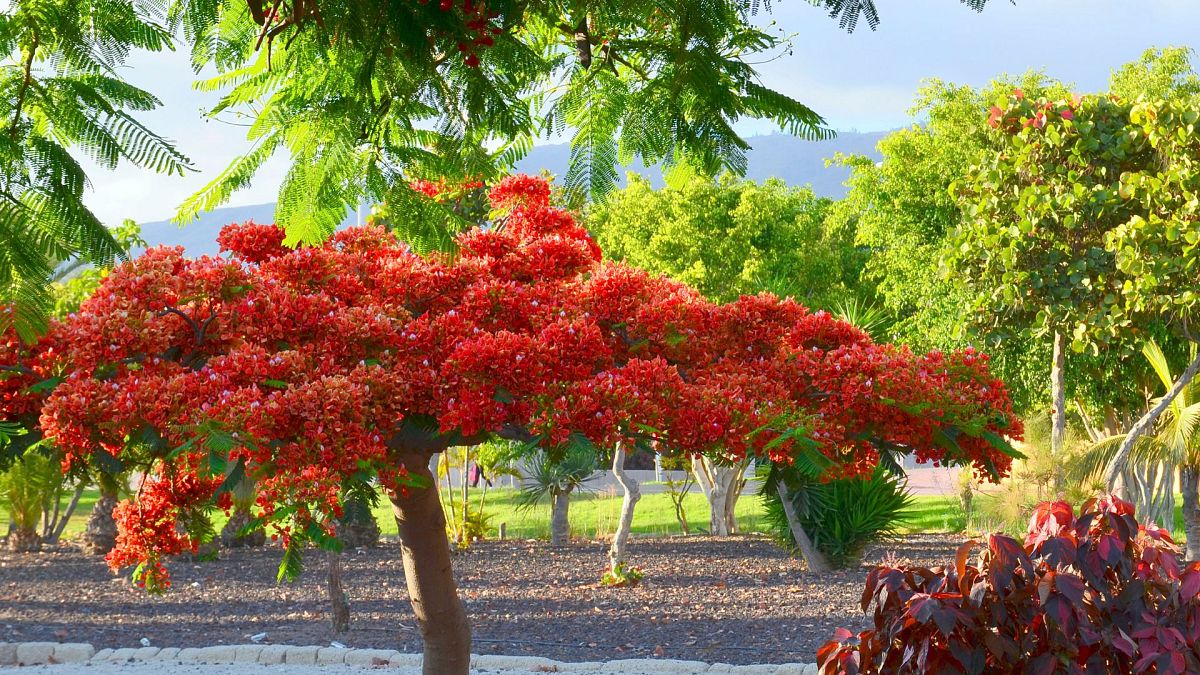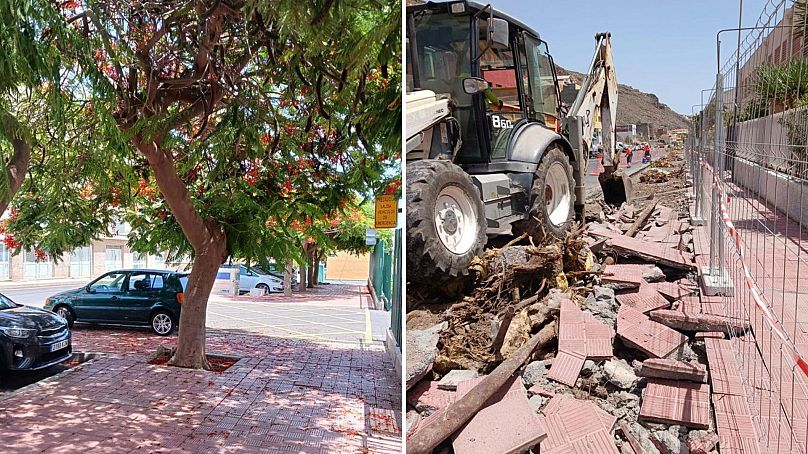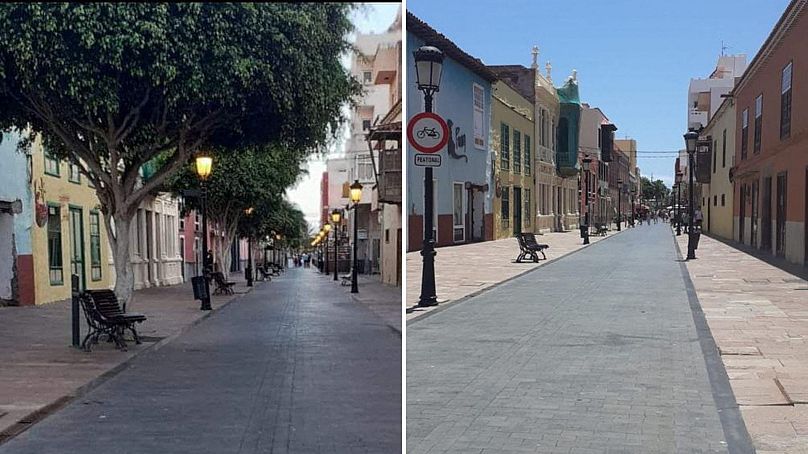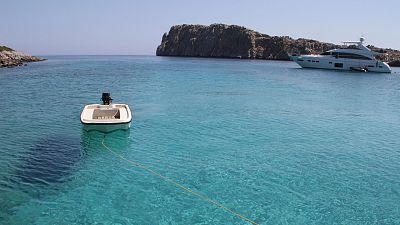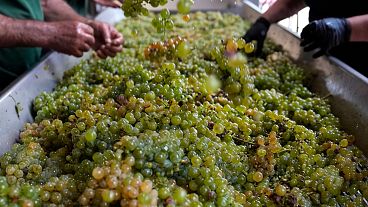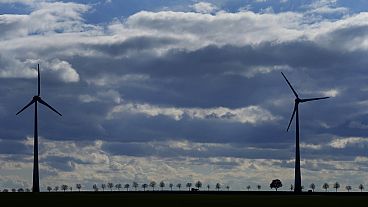Protestors are rallying against plans to remove more tree cover on the Canary Island of La Gomera.
Fiery red flame trees are at the centre of a heated debate in the Canary Islands.
A pressure group on an island at the heart of Europe’s ecotourism industry is battling to preserve some of its best-loved trees, which authorities are chopping down as part of a programme to embellish the main town.
Opponents of the scheme on the island of La Gomera call it an atrocity and will demonstrate against it on Saturday. Their petition to halt the cull of flame trees, whose bright red flowers make them a magnet for tourists, has drawn more than 1,200 signatures.
Why are flame trees being chopped down in San Sebastian?
The trees have for decades offered shade on the streets of San Sebastian, the point of arrival for most visitors. But they are among dozens felled in recent weeks on the orders of town mayor Angelica Padilla, who was re-elected in May.
Her governing Gomera Socialist Group’s 'beautification plan' for the town involves replacing mostly mature non-native trees – which she argues are invasive and also include varieties of ficus - with indigenous species.
Padilla's office did not respond to a request for comment by news agency Reuters.
She told Canarian television in a Facebook clip posted on Tuesday that all the town's "very aggressive" flame trees would be cut down to improve pedestrian access and prevent their roots from damaging water pipes.
Opponents have called the tree culling 'an atrocity'
Ventura del Carmen Rodriguez, town spokesperson for the main opposition Socialist Party (PSOE), labelled the cull "an atrocity" and "madness".
"We are all battling climate change, and trying to create a green San Sebastian. I don't understand it," she told Reuters.
Known for its stunning landscapes and the UNESCO world heritage site laurel forest at its heart, La Gomera has just recorded its hottest spring in decades and authorities there declared a water emergency in June 2022. The Canaries have suffered repeated heatwaves this summer.
Pressure group spokesman Javier Sanchez says the "nonsensical" cull has deprived the town of much needed shade and sources of oxygen, and that native and imported trees "have co-existed for many years" there.
"Flame trees have been planted for more than a century in the Canaries and are widely loved because they provide a lot of shade in summer and beautiful flowers," he said.
Are flame trees an aggressive species?
Laura Concepcion, biologist at the World Biosphere Reserve on neighbouring La Palma, said flame trees could not be deemed an aggressive species.
"It isn't invasive like some other ornamental plants," she said, while adding that the tree's powerful surface roots could, if unmanaged, cause problems in urban environments.
Rodriguez admitted the San Sebastian flame trees' roots were interfering with pipes and distorting stones in some places.
"But the solution isn't to cut down the tree," she said. "It's to cut back the roots, improve the paving and let the trees grow while protecting the piping."
